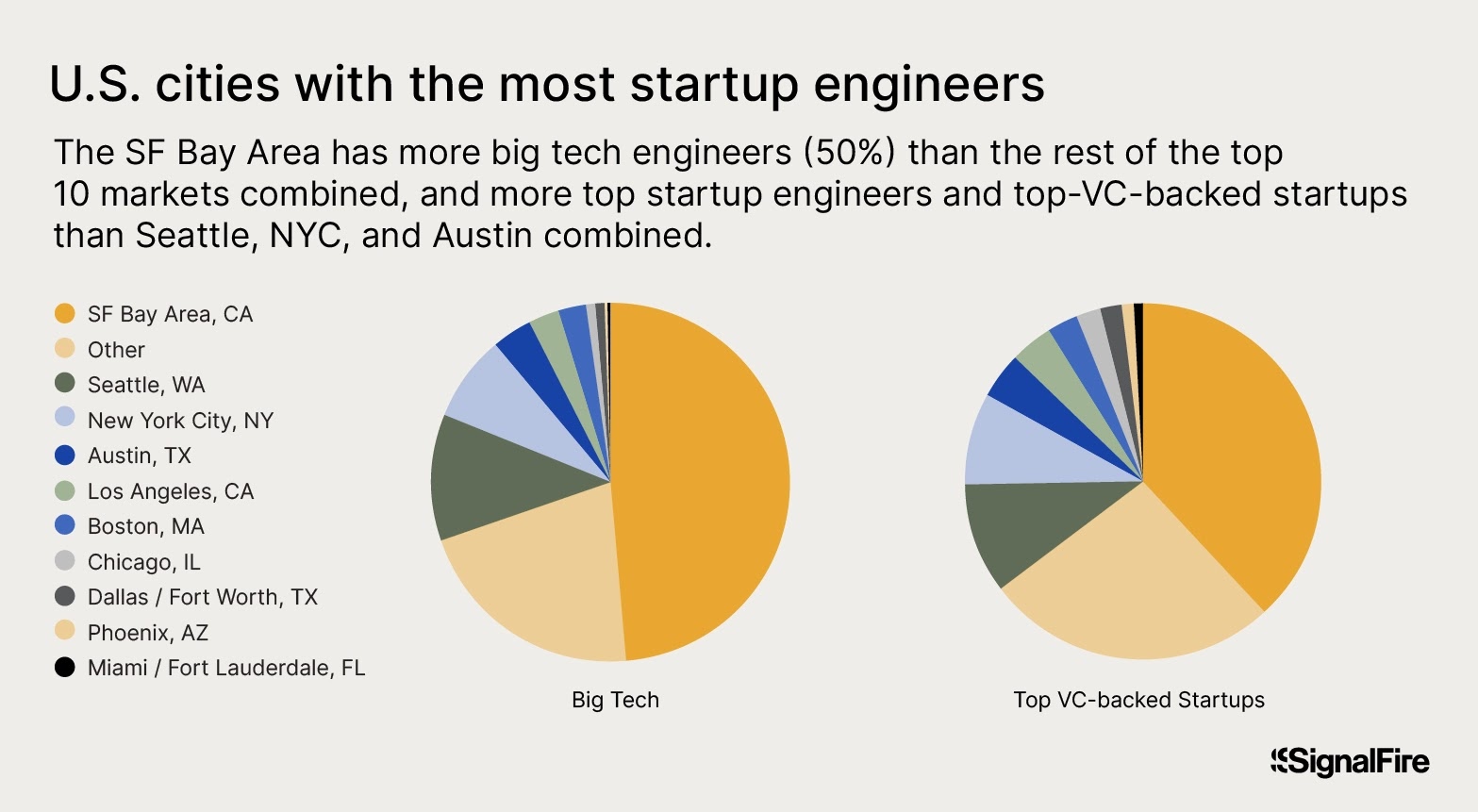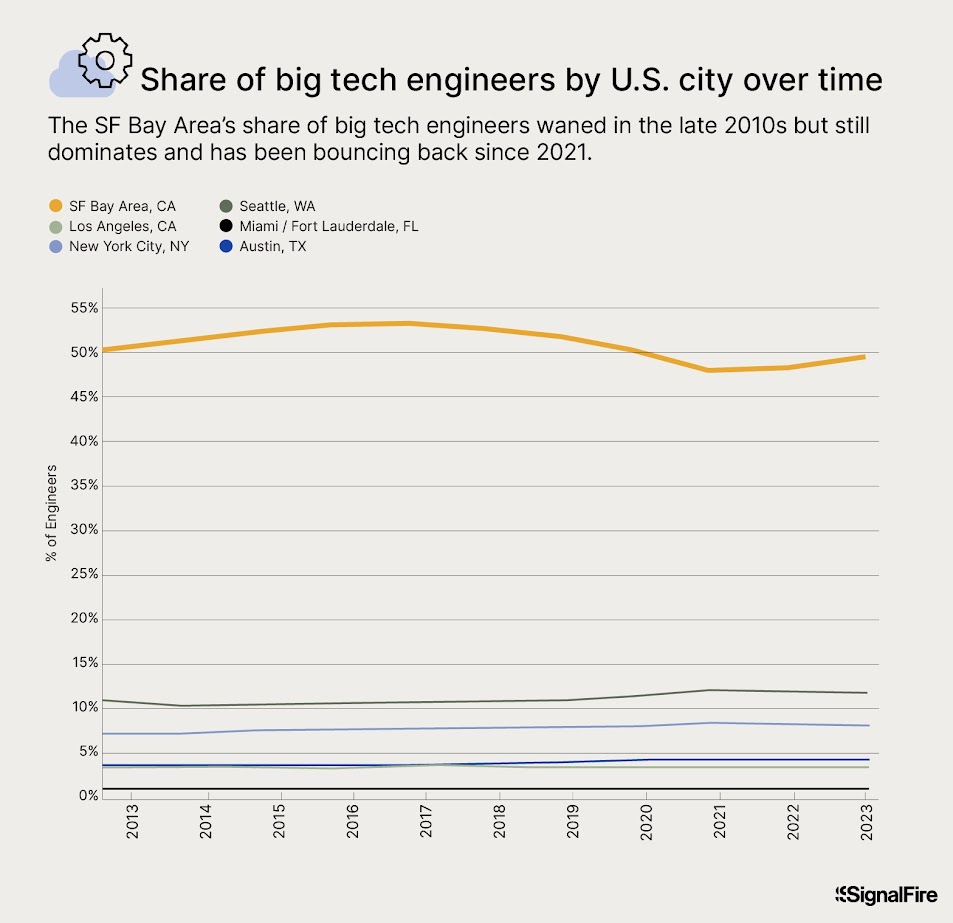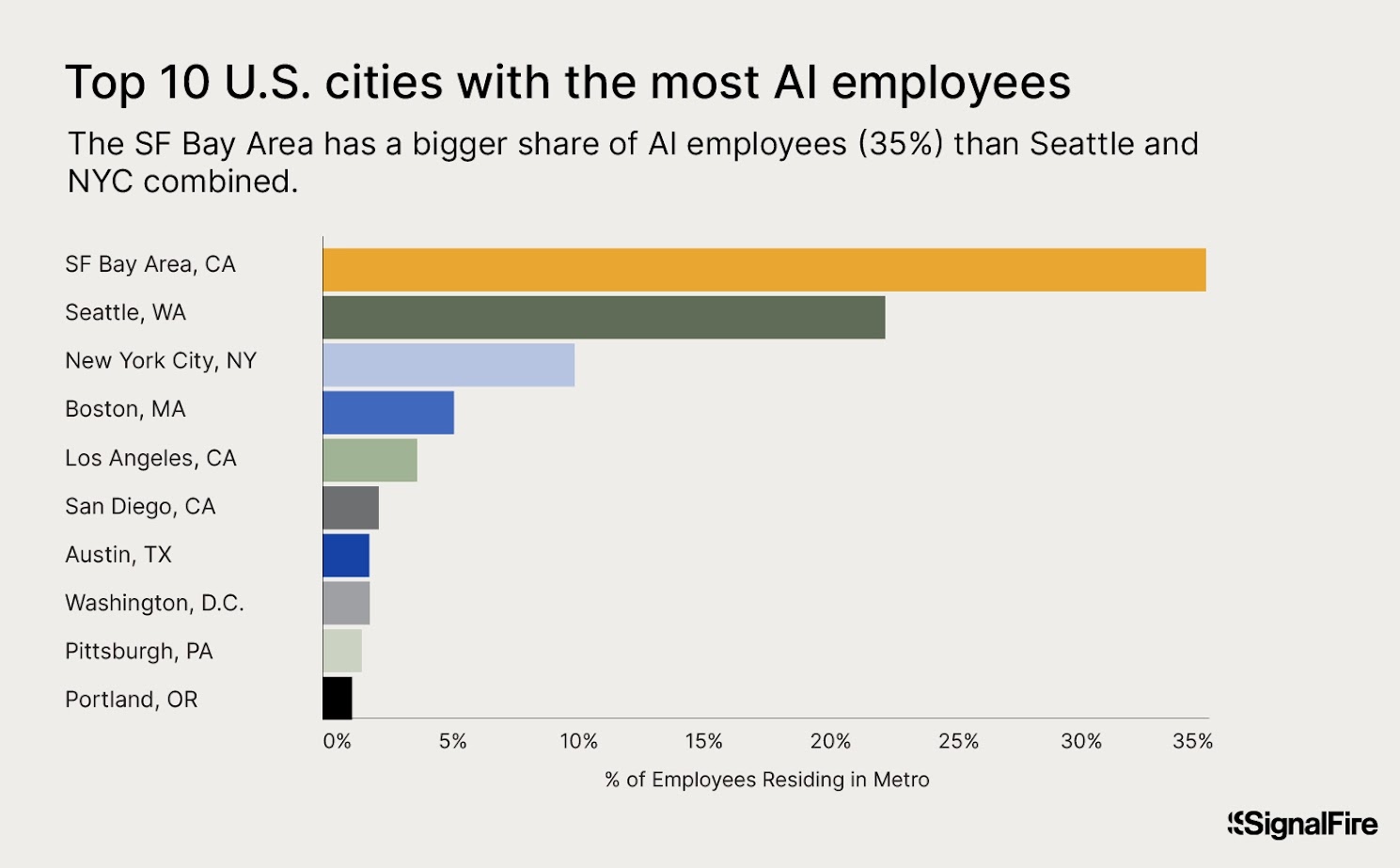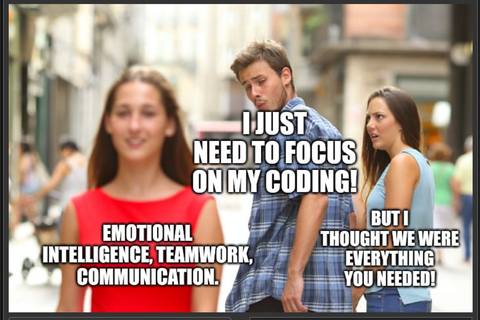As a computer science professor at UC Berkeley, I’ve witnessed first-hand the seismic shifts in the tech job markets. What used to be a promising field brimming with opportunities has transformed into a challenging arena, especially for new graduates. This shift is not just a temporary blip; it’s reshaping the foundation of tech employment.
The Golden Era of Tech Opportunities
When I started teaching at Berkeley in 2000, the tech industry was booming. Students were graduating with multiple job offers in hand, often struggling to choose between top-tier companies. The demand for tech talent was insatiable, and a degree in computer science was akin to a golden ticket.
Today’s Stark Reality
However, the landscape has drastically changed. The same students who would have once had their pick of several prestigious offers are now finding themselves lucky to secure even one. The problem isn’t confined to Berkeley alone—graduates from less renowned institutions are facing even steeper challenges, with some unable to secure any offers at all.
The Evolving Nature of Tech Jobs
Part of this shift is due to the changing nature of tech jobs themselves. Many programming roles, once the backbone of tech employment, are being automated or outsourced. Artificial intelligence, particularly programming assistants powered by advanced algorithms, are filling roles that would have required human input. This automation is not just a threat to current jobs but also a reducer of entry-level positions that traditionally helped graduates get their foot in the door.
The Case for Universal Basic Income
In this new reality, where jobs can be automated and the need for human labor decreases, the concept of a universal basic income (UBI) seems increasingly relevant. UBI could provide a safety net for those unable to find work due to technological advancements. It’s a controversial idea, certainly, but it prompts a necessary discussion on how society values labor in the age of automation.
Looking Forward
The tech industry is still a field of innovation and opportunity but understanding its new dynamics is crucial for anyone entering the field. As educators, it’s our responsibility to prepare students not only to thrive in this new environment but also to innovate and lead in ways that machines cannot.
This ongoing shift is not just an academic concern but a societal one, affecting how we think about work, value, and human potential in an increasingly automated world.
Read the article: “Shocking Truth Behind University ‘Work Visas”









